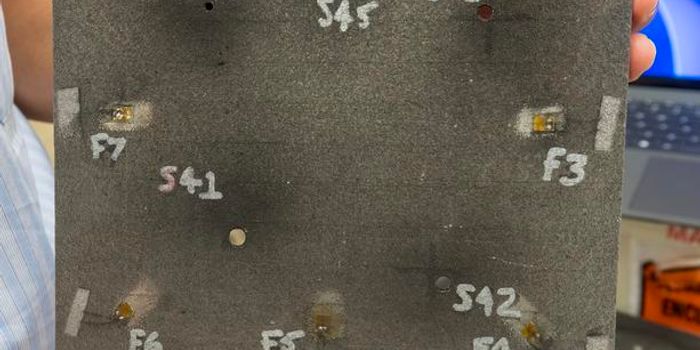The U.S. Defense Department could lose its current source of ocean-wind data this year, well before the planned early 2020s launch of its next-generation weather satellite, and is eyeing an interim satellite to plug the gap as early as 2018, a service official said.
Dave Madden, executive director of Air Force Space and Missile Systems Center in Los Angeles, which buys military space hardware, said the gap-filler mission would launch "very quickly" and feature a government-furnished ocean-wind vector sensor aboard a commercially available satellite platform, or bus.
While Air Force officials have previously hinted at a near-term gap for certain weather-related data products, Madden's remarks filled in many of the missing details, including the service's mitigation plan.

The data in question currently comes from the Naval Research Lab's Windsat satellite that launched in 2003 with a planned three-year design life. The satellite is now expected to fail sometime this year, and the Air Force wants to launch a replacement "as soon as possible," according to slides the service presented at a March 10 industry day.
Windsat's main microwave polarmetric radiometer sensor, which provides the ocean-wind data, was built in house at the Naval Research Laboratory in Washington. "Can we produce another one that meets all the requirements for the near-term?" Madden said during at a breakfast here March 11.
The service's next-generation weather satellite, known as the Weather Satellite Follow-on, is expected to fill three main data requirements: ocean-surface wind speed and direction, tropical cyclone intensity, and charged particles in low Earth orbit with the potential to affect satellites.
But that satellite is not expected to launch until about 2021, and if the Windsat dies as expected in 2015, it leaves the Defense Department with roughly a six-year data gap on ocean wind data.
The Air Force issued a request for information on the sensor Feb. 19, and the industry day slides said it wanted to explore sensor capabilities that can be "delivered as soon as possible." During the industry day, service officials stressed that the Air Force does not yet have a formal acquisition strategy yet, according to slides and attendees.
But Madden, who spoke the next morning suggested that the service has an idea of how it wants to proceed.
Responses to the service's request for information are due March 24. Air Force weather officials plan to make a presentation with "an early strategy position" to senior leadership in early April, according to the slides.
(Source: Spacenews.com)










